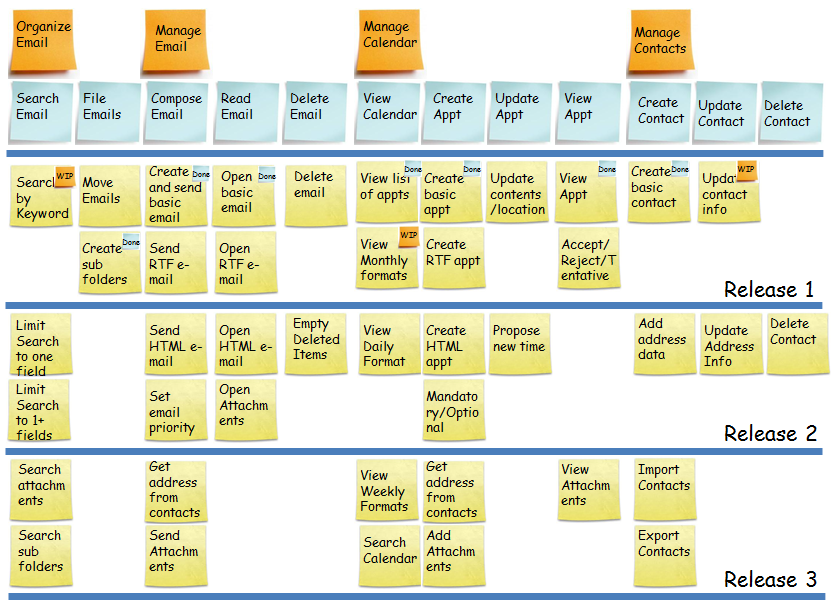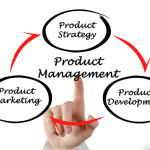When starting any new product or business, there are always more things to do than you have time for. It can be downright overwhelming if you don’t stay organized. I use several different tools and documents to help move the vision forward and share with stakeholders. Some of the suggestions below might also help you with getting your product started.
The Pitch Deck
Whether you are looking for venture capital, a partner, or just capturing your idea – a pitch deck is essential. Even if you just want to build something for fun, a pitch deck forces you to examine why the idea is worth pursuing. There are a lot of different opinions on what should be in a pitch deck, how long it should be, who should it be geared toward, but for this example let’s create something simple. It should include the following:
Mashable.com and Forbes also have examples that might be helpful to review.
Here’s a pitch deck for a link shortening service I created.
Depending on what you’re creating, some also use an MRD (marketing requirements document) to outline the customer’s needs. In addition, listening to outgoing market RFPs (requests for proposals) will signal if the market might take interest in your product or service.
Story mapping the Idea or Product
For my link shortener idea, I don’t need capital or a partner yet, but I need to be able to share specifics with developers to understand how much money and time it will take to build my product. For this, I use story mapping to organize key functionality and milestones. Start anywhere, you’re going to revise the story map over time. It’s as easy as writing goals on post it notes.


